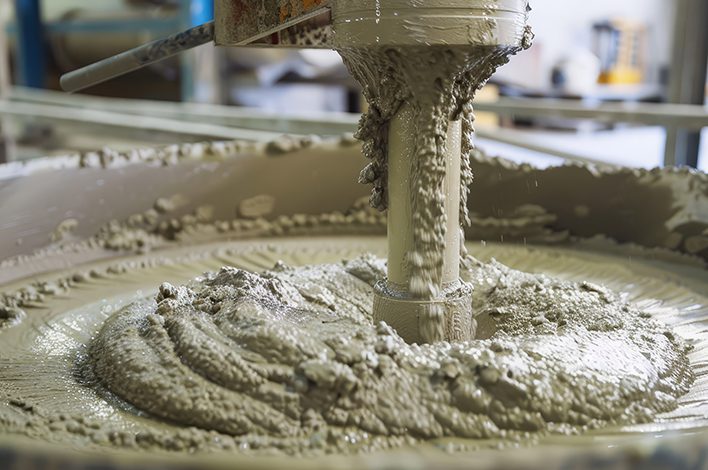Utilize all available resources can galvanize your precast business against industry changes
In business, change is inevitable. The economy rises and falls, the available workforce fluctuates, and the way you operate your company shifts over time.
This is especially true in the precast concrete industry. While concrete itself has long been established as one of the world’s most reliable, resilient building materials, the way precast is manufactured continues to evolve.
Improvements in concrete technology have spawned products and projects that are increasingly more impressive, but while precasters can generally plan for the introduction of new technology into their workflows, in some cases, unexpected shifts generate uncertainty.
Navigating through these shifts and capitalizing on them involves leveraging your entire pool of resources.
Expect the unexpected
For more than four decades, Gainey’s in Holden, Louisiana, has served the Gulf Coast, providing a range of precast products, including everything from trenches and utility vaults to manholes, catch basins and beyond. Greg Roache, president of Gainey’s, has helped the business grow 10 times larger than when he arrived in 2003.
This growth is the result of a dedication to continued advancement, along with a willingness from Roache and the leadership team to add product lines. Increasing the size of the business has come with challenges along the way. Recently, Gainey’s encountered an unexpected change that affected production, generating the need for a modification to the company’s concrete mix design.
“With the shift to Type IL cement, many precast producers are seeing changes in mix behavior — greater stickiness, difficulty in placement and increased cracking or surface defects,” said Serpil Boy Aral, product marketing manager at Master Builders Solutions. “Understanding and adjusting rheology is essential to maintain quality and achieve a superior surface finish.”
While the team at Gainey’s had heard rumblings of a potential switch to Type 1L cement, they did not receive confirmation from Continental Cement, their cement supplier, that the change would take place until about a week before it occurred. Type 1L cement is gradually replacing more traditional Type I/II cement due to its sustainable properties, which result in a reduced carbon footprint. However, Type 1L contains significantly more limestone (from 5% to 15%) than Type I/II (approximately 5%), meaning that, when introduced, it can have a dramatic impact on a mix’s performance.
